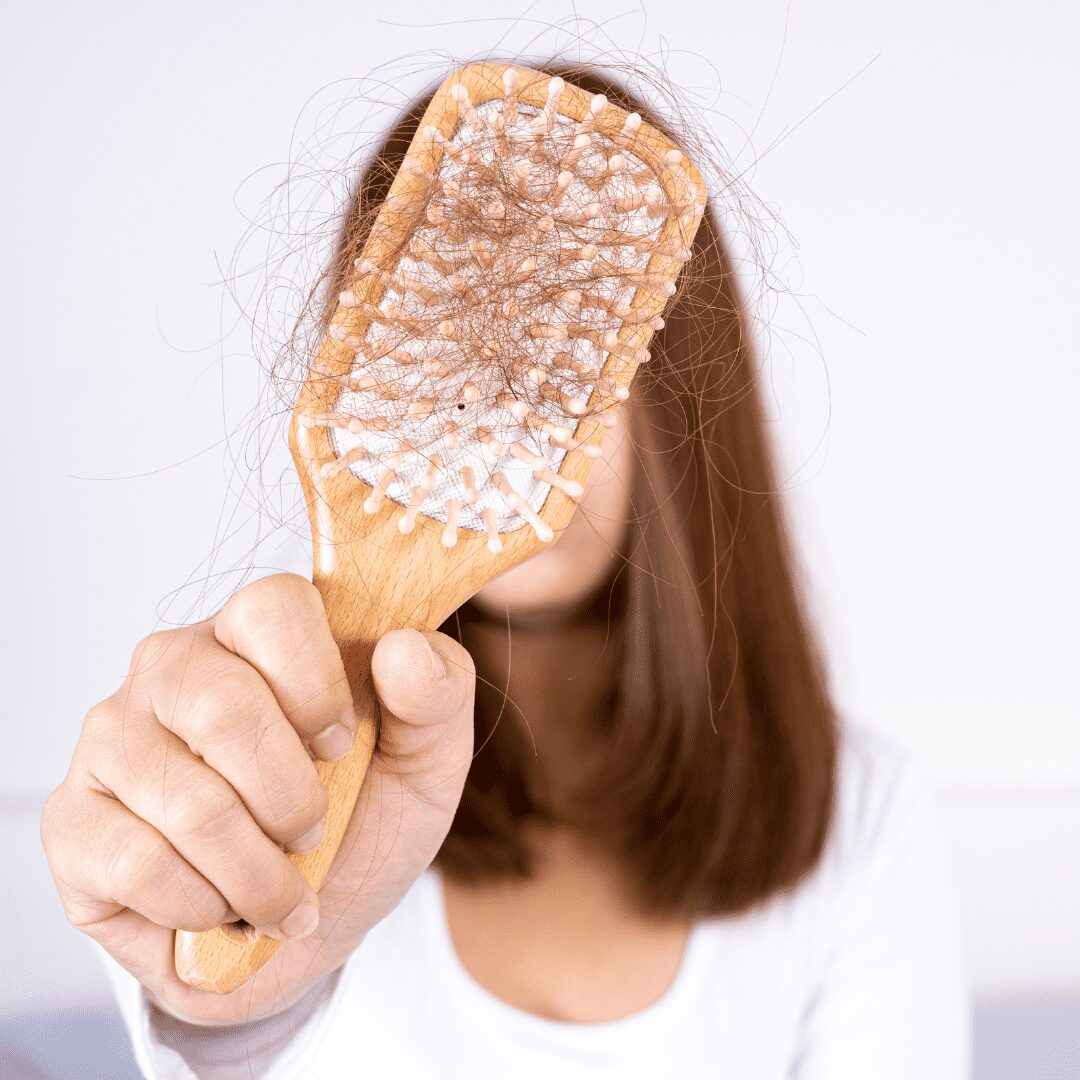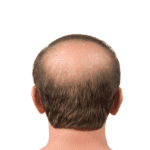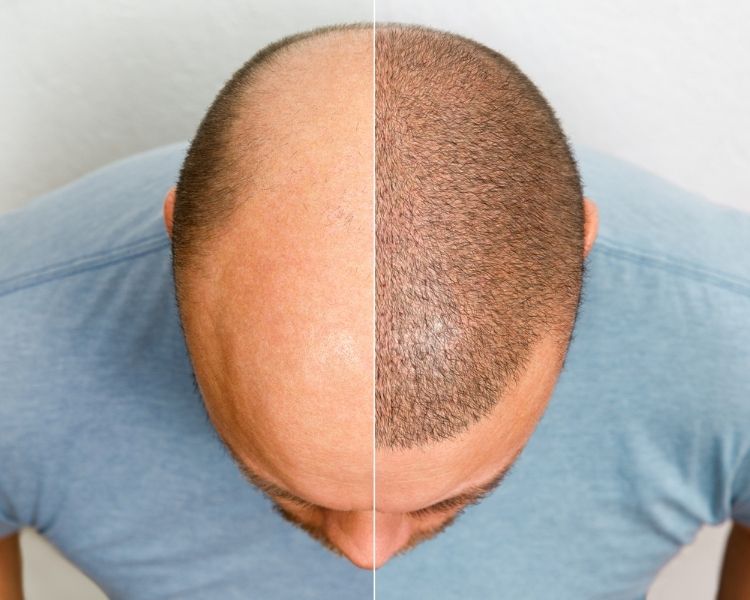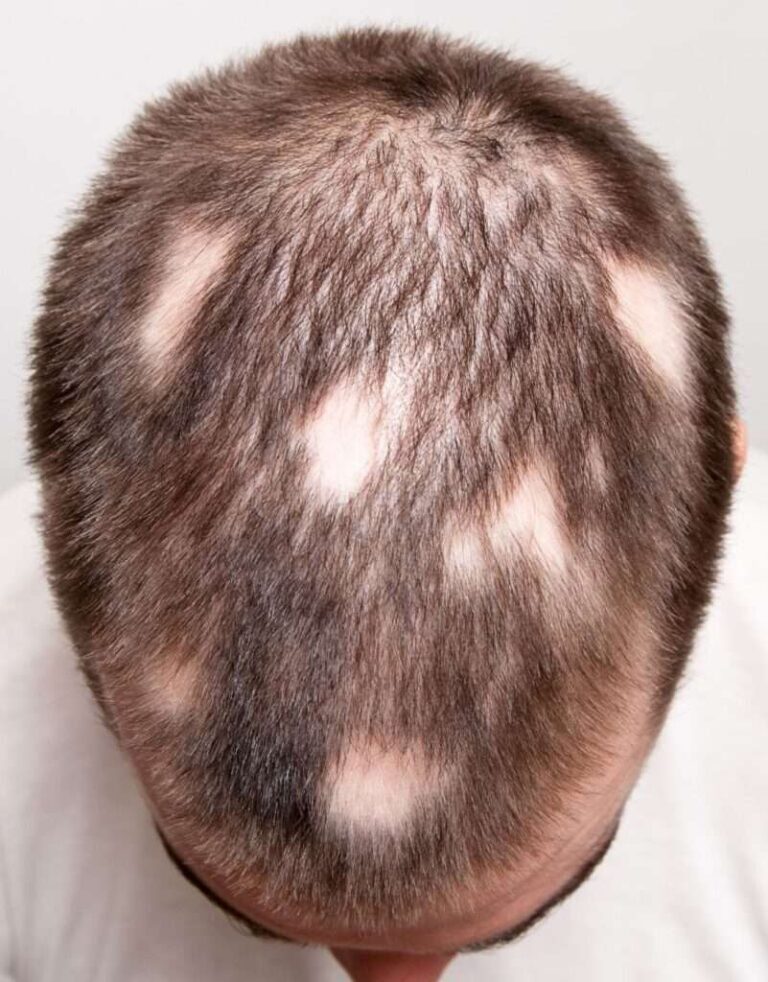Female Pattern Baldness: All You Need To Know
Female pattern baldness is an often overlooked, yet prevalent condition affecting millions of women, causing hair thinning and hair loss.
We all lose some hair every day, but when women start noticing bald patches or thinning hair, it could be a sign of female pattern baldness. There are several factors that can contribute to this condition, including genetics, health issues, certain medications, and even hairstyles that pull on the hair too tightly.
Understanding female pattern baldness is crucial for promoting healthier hair and improving overall quality of life. In this article, we’ll explore the causes and risk factors of female pattern hair loss, as well as ways to treat and prevent it. So, let’s dive in and learn more about this common concern among women!
What is Female Pattern Baldness?
Female pattern baldness (FPB) is a type of androgenetic alopecia (AGA). It’s an inherited condition that affects women, causing them to experience thinning hair or complete baldness.
While it typically starts after menopause, some women may start to notice thinning hair as early as their 20s or 30s. In contrast to male pattern baldness, Female Pattern Hair Loss does not typically cause a receding hairline or bald spot on the crown of the head. Rather, it tends to be evenly distributed around the scalp.

Female pattern baldness is a progressive condition, meaning that the hair loss gradually worsens over time.
According to the American Academy of Dermatology, as many as 40% of women are affected by FPB in their lifetime.
Causes of Female Pattern Baldness
Genetics plays a pivotal role in determining whether you’ll experience pattern baldness. The condition is linked to your genes, and it can be inherited from either your mother’s or father’s side of the family.
According to a study published in the journal Nature Genetics, researchers found a strong association between pattern baldness and variations in a specific gene, called AR (Androgen Receptor).
Another common cause is hormonal changes, especially during menopause (For Detailed information about Postpartum Hair Loss in Women). A decrease in the female hormone estrogen, coupled with an increase in the male hormone testosterone, can precipitate hair thinning. It’s estimated that over 50% of women experience noticeable hair loss during the menopause transition.
Other causes of hair loss in women include:
- Certain medical conditions, like polycystic ovary syndrome (PCOS), can also lead to hair loss. Additionally, some medications can cause temporary hair thinning as a side effect.
- Stress and certain medicines, such as those for cancer, arthritis, depression, and high blood pressure, can cause temporary or permanent hair loss.
- Rapid weight loss or a high fever.
- Thyroid disorders, Nutritional deficiencies, particularly of protein and iron.
- Hairstyles that pull on the hair too tightly can lead to traction alopecia, or chronic hair loss due to repetitive stress on the strands. This is especially common among women with long braids and tight ponytails.
Who Is at Risk?
Genetics are one of the biggest risk factors for female pattern baldness.
If you have a family history of hair loss, you’re more likely to develop Female pattern baldness.
In addition, certain medical conditions and medications can put you at an increased risk for developing this condition. These include: PCOS, hypothyroidism, birth control pills, anticonvulsants, and anti-depressants.

Symptoms
The most common symptom of female pattern baldness is thinning hair or bald patches on the scalp. As it is progressive, you may also notice that your part line widens over time and more hair falls out when you brush or comb it.
Another telltale sign of female pattern baldness is a decrease in hair volume. You may feel that your hair is thinner and less full than it used to be, even if you haven’t experienced any patches of baldness yet.
Diagnosis
Diagnosing typically begins with a thorough examination of your scalp, hair, and medical history by a healthcare professional. To rule out other causes of hair loss, your doctor might conduct blood tests to check for conditions like thyroid disease or vitamin deficiencies. A pull test could also be performed, which involves gently tugging on several strands of hair to see how many come out. This helps determine the stage of the hair shedding process.
In some cases, a scalp biopsy might be necessary to rule out other conditions that cause hair loss, including skin diseases. A biopsy involves removing a small section of skin from your scalp for analysis. The diagnosis is primarily based on the pattern and nature of the hair loss, as well as the family history.
Treatment Options for Female Pattern Baldness
The good news is that there are several treatments available to help slow down the progression of female pattern baldness. The most common treatments include:
- Minoxidil foam or lotion (Rogaine): This topical solution is applied directly onto your scalp and helps increase blood flow to the follicles, promoting hair growth.
- Low level laser therapy: This non-invasive treatment uses a low intensity laser beam to stimulate your scalp and encourage new hair growth.
- Hair transplantation for woman: In this surgical procedure, healthy follicles from another area of the scalp are transplanted into balding areas. It is considered a permanent solution for female pattern baldness.
Last Words from The More Clinics
At The More Clinics, we understand that hair loss can have a significant impact on your self-esteem and quality of life. We believe knowledge is the first step in managing female pattern baldness effectively. It’s important to remember that you’re not alone, and with today’s advancements in medical science, there are various treatment options available.
Our experienced medical staff have been successfully helping men and women dealing with hair loss for many years. We offer a wide range of treatments that can slow down, stop or reverse the effects of male pattern baldness. Contact us today to discuss your individual needs and to find out which treatment options are best suited for you.
GET A FREE CONSULTATION!
Let’s Start Planning Your Treatment %100 Guarantee Results.
Medically Reviewed by Dr. Seda Erdoğan who specialized on Hair Transplants, Dermatology







